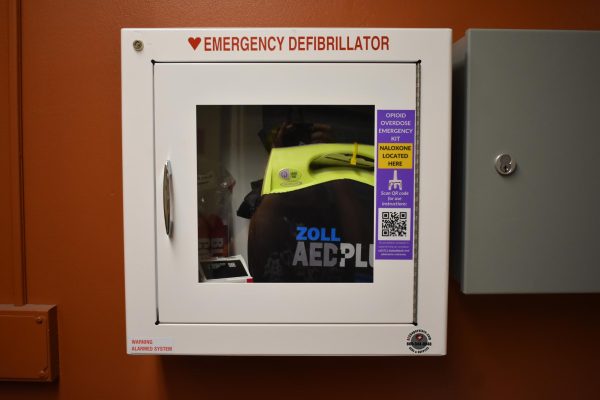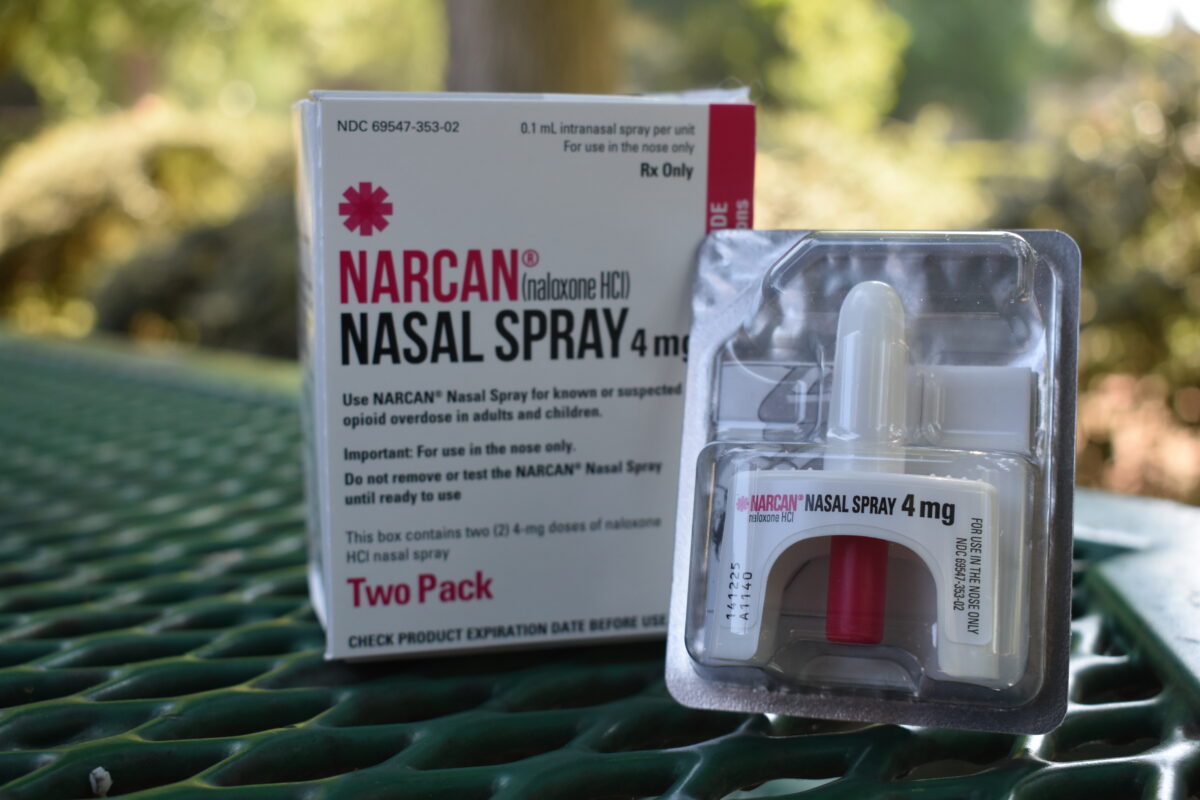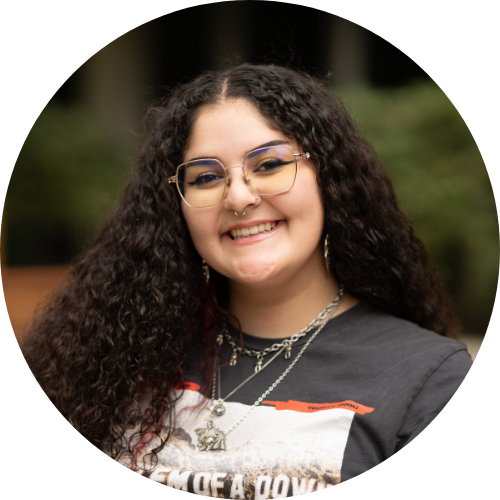Opioids account for 70% of overdose deaths for people aged 25-44, but there is a rising concern for people aged 15-24, according to the Centers for Disease Control and Prevention.
Fentanyl is an opioid that commonly causes overdoses because of its extreme potency and even the smallest amount of fentanyl can be deadly to anyone.
According to the CDC in 2021, there were 80,411 opioid overdose deaths nationwide. There were 7,181 opioid overdose deaths reported in California during 2021, according to the California Department of Public Health. Sacramento County reported 215 fentanyl poisoning opioid overdose deaths in the same year.
Dr. Anthony Rivas is a faculty member at Sac State in the Counselor Education program. His clinical experience in mental health and substance abuse counseling began in Colorado, where his licensure as a counselor and therapist are held.
“People are going to use drugs,” Rivas said. “Having Narcan available doesn’t increase the number of people using drugs. It doesn’t increase the number of people overdosing. Narcan is like a seat belt. When it’s there it works, but 99% of the time you won’t need it.“
Narcan, or naloxone, is a reversal medication for an opioid overdose that comes in two forms, nasal spray or injection. The injection is not typically available to the public and is to be administered by a medical professional.
To administer Narcan you must first identify the overdose. Signs of an opioid overdose are unconsciousness, slow or shallow breathing, pinpoint pupils, choking or gasping for air, limp arms and legs, purple lips and purple fingernails.
Continuing, check for consciousness and if there is no response, use your knuckles to rub the middle of the overdosing person’s chest. If there is still no response, locate the nearest naloxone.
Then, with the person on their back, spray the nasal spray into one nostril. Call 9-1-1 immediately and wait for direction from the dispatch.
On campus, every automatic external defibrillator, also known as an AED box, is equipped with naloxone and a QR code that leads to a 30-second tutorial on how to administer the naloxone.

There has been an increase in the illicit making of the opioid, fentanyl, often used to tamper with other illegal drugs. Fentanyl has been found in most street drugs like cocaine, heroin, oxycodone, Adderall, cannabis and vape pens sold illegally. The concern is for those who don’t have a tolerance to opioids or who don’t know they’re ingesting it.
The human brain has receptors for opioids, a class of drugs prescribed by a medical professional, giving off a morphine-like effect when engaged. Narcan has a stronger affinity to the opioid receptors and will overcome the opioid on the receptor. Opioids include heroin, hydrocodone, oxycodone, fentanyl, and codeine.
Narcan can save someone’s life and demonstrations have been conducted all around the nation to raise awareness for the fentanyl epidemic.
RELATED: Upsurge in electric scooter theft is cause for concern among students
Student Health, Counseling and Wellness Services, SHCWS, hosted a “Hornet Wellness Week” from Sept. 18 to Sept. 22, where a Narcan training and demonstration was held in The WELL on Wednesday, Sept. 20, 2023. The goal of the Narcan demonstration was to comply with SB 367, the Campus Opioid Safety Act, and to raise awareness for the fentanyl overdose epidemic. After the training, the presenters gave out a free box of naloxone.
Alissa King, a third-year ethnic studies major, said she didn’t know about the training offered by SHCWS but would be interested in attending future demonstrations.
“Drug use is a big issue especially at the college age because students are more likely to experiment with drugs due to being away from home for the first time or being influenced by others,” King said.
Ruby Nunez was among the attendees at the SHCWS training and said she was interested in going because she is a first-year health science major at Sac State.
“It was very informational,” Nunez said. “I really like that they gave us Narcan.”
Nunez said the videos during the training were the most informative because they showed real-life situations and there were examples of the overdose symptoms.
SHCWS is offering more of these demonstrations in person on Oct. 25, Nov. 12 and Dec. 6. Each date will offer 2 sessions at 10 a.m. and 2 p.m. Students can request a recorded or live training session through Student Health, Counseling and Wellness.
“It’s important to have drug training at the colleges because people start making decisions in college that will affect the rest of their lives,” King said.






















































































































